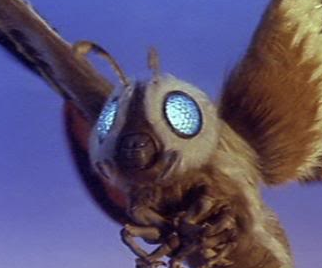Is that really a virus? That would be huge for a virus.
It’s a radiolarian skeleton, more info here: https://lemmy.blahaj.zone/comment/12782032
I did not realize that tardigrades were so small. Previously I thought one would be able to see one with the naked eye.
Most species grow to half a millimetre. So they’re just barely visible to the naked eye; like a small spec of dust.
That would be mildly terrifying
I’m not a biologist but there is no way in hell that a virus can be as big as a living organism right? That’s probably not a bacteriophage
I am a microbiologist, there’s no way in hell that’s a virus.
Edit: it’s probably a radiolarian skeleton, maybe genus cornutella.
Edit 2: it’s indeed a cornutella skeleton: https://lemmy.blahaj.zone/comment/12782032
Came here to say this…
Definitely not, a bacteriophage is like 500 nanometres. A tardigrade is 0.5 mm, or 500 000 nanometres, literally 1000x the size.
how is that a bacteriophage?
Yeah looks like a diatom skeleton. And the scale is quite wrong
It looks nothing like either a centric or pennate diatom
Nonetheless it is in no way a phage. What might it be, do you think?
I know it’s a joke meme, but I did not achieve my grand success in life by being ‘fun’. It’s just not my thing ;)
Probably a radiolarian skeleton. Check out pictures of the cornutella genus. The morphology and relative size to the tardigrades match up.
Edit: score! Looking up tardigrade and cornutella together brought me to the source of the picture. I knew all that school was good for something. Here’s a screenshot because fuck Xitter:

Now that’s what I call fun!
That bacteriophage looks awesome tho, I want one to scale









